Electric vehicles (EVs) are redefining the future of transportation. With zero tailpipe emissions, efficient powertrains, and cutting-edge technology, EVs are fast becoming the vehicle of choice for eco-conscious drivers. In this guide, we’ll demystify how electric vehicles work, breaking down their essential components and how each part functions together to power your ride.
What Makes an EV Tick?
At the core, electric vehicles operate using stored electrical energy from a battery pack, rather than burning fossil fuels. This fundamental difference eliminates harmful emissions and introduces a simpler, more efficient design.
Key Components of an EV
Understanding EV functionality begins with knowing the major parts:
1. Charge Port and Onboard Charger
The charge port is your EV’s lifeline to the grid. It connects the vehicle to an external power source—usually at home or a public charging station. The onboard charger, embedded within the vehicle, converts AC power from the outlet to DC power needed by the battery.
2. Traction Battery Pack
The battery pack stores the electricity that powers everything in the vehicle. Most EVs use lithium-ion batteries due to their high energy density and long life. These batteries consist of modules made of smaller cells arranged in series and parallel.
3. Power Control Unit (Inverter)
Since EV batteries store DC power, an inverter is essential. It converts DC into AC, which is used by the traction motor. The inverter also manages power flow during regenerative braking, feeding energy back into the battery.
4. Electric Traction Motor
This motor transforms electrical energy into mechanical energy, turning the wheels. Most EVs use AC motors because they’re highly efficient, reliable, and offer immediate torque.
5. Transmission (Reduction Gear)
Unlike gas vehicles, EVs don’t need multi-speed gearboxes. A single reduction gear handles the job, thanks to the wide RPM range and consistent torque of electric motors.
6. Electric Powertrain
The EV powertrain includes all components involved in converting stored electricity into motion. It’s compact, lightweight, and produces less vibration compared to internal combustion setups.
7. Heat Pump System
EVs use heat pumps to maintain cabin temperature in cold conditions, helping preserve battery range by reducing the need to use energy-intensive electric heaters.
How EVs Are Charged
Charging is flexible. It can be done via:
- Level 1 Charging: Using a standard 120V outlet—slow but accessible.
- Level 2 Charging: 240V outlets offer faster charging at home or public stations.
- DC Fast Charging: Found in commercial areas, this offers rapid charging by directly supplying DC power to the battery.
Regenerative Braking: Power from Momentum
EVs can capture energy during braking or deceleration and store it back in the battery. This process, called regenerative braking, improves overall efficiency and extends range.
Why EVs Are Simpler (and Smarter)
Electric cars have fewer moving parts than their gas-powered counterparts. No oil changes, no spark plugs, no exhaust systems. Maintenance is lower, and the software integration often enables remote diagnostics and over-the-air updates.
Final Thoughts
Electric vehicles combine clean energy with advanced engineering to provide a sustainable, high-performance driving experience. As battery tech evolves and infrastructure improves, EVs are positioned to lead the automotive world into a greener future.
